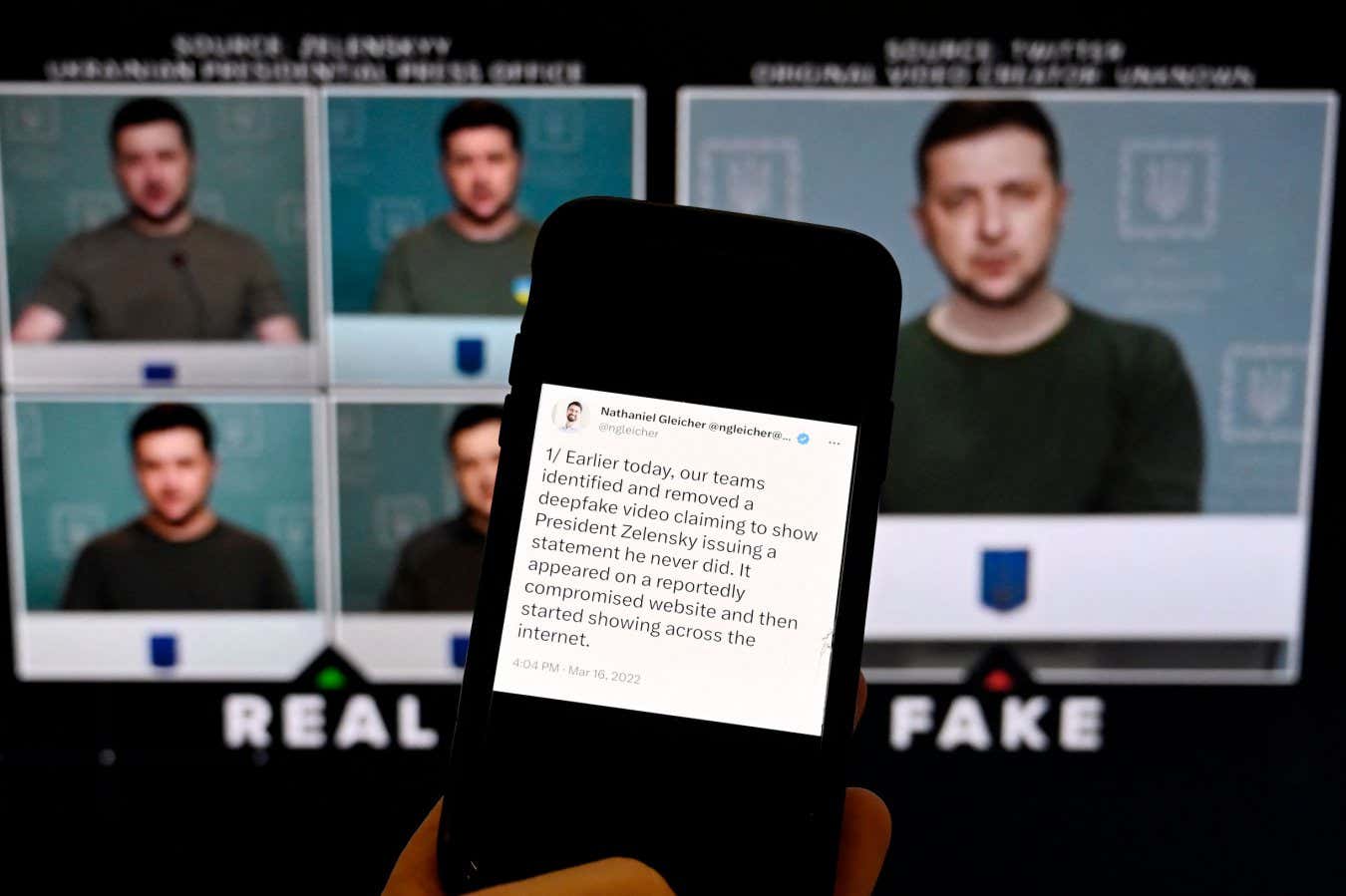China’s Moonshot AI zooms to $2.5B valuation, raising $1B for an LLM focused on long context

Deepfake technology has advanced rapidly in recent years, enabling the creation of highly convincing fake videos and audio recordings. These manipulated media can make individuals appear to say or do things that never actually occurred, raising concerns about their potential to deceive the public and undermine trust in authentic content. With the increasing sophistication of deepfake technology, the question arises: are deepfakes out of control, and is it too late to stop them?
One of the primary challenges in addressing deepfakes is the rapid evolution of the underlying artificial intelligence algorithms. As developers and creators continue to refine their techniques, deepfakes are becoming increasingly difficult to detect and distinguish from genuine content. This rapid progression has led to widespread apprehension about the potential misuse of deepfake technology for malicious purposes, such as spreading misinformation, defaming individuals, or disrupting political processes.
Additionally, the sheer volume of digital content on the internet makes it daunting to monitor and identify all instances of deepfakes effectively. The ubiquitous nature of social media platforms and online communication channels further exacerbates this challenge, as deepfakes can spread rapidly and reach a vast audience within minutes of their creation. As a result, the widespread dissemination of deepfakes poses a formidable obstacle to mitigating their impact and preventing their harmful repercussions.
Efforts to combat deepfakes have primarily focused on the development of detection tools and countermeasures to identify and debunk manipulated media. Various organizations, research institutions, and technology companies have invested resources in advancing deepfake detection capabilities, utilizing techniques such as forensic analysis, pattern recognition, and machine learning algorithms. While these initiatives have yielded promising results, the dynamic nature of deepfake technology necessitates ongoing innovation and adaptation in the realm of detection methods.
Moreover, legislative and policy interventions have been proposed to address the proliferation of deepfakes and mitigate their detrimental effects. Some jurisdictions have introduced laws targeting the creation and dissemination of deepfakes, aiming to establish legal consequences for individuals or entities that engage in malicious deepfake activities. Additionally, advocacy for media literacy and critical thinking skills has emerged as a pivotal component of combating misinformation and enhancing public resilience against deceptive content, including deepfakes.
Despite these concerted efforts, the pervasiveness and technical sophistication of deepfakes continue to raise doubts about the feasibility of effectively controlling their proliferation. The global scale of the internet and the decentralized nature of content sharing make it challenging to implement comprehensive regulatory measures that can address the multifaceted aspects of deepfake dissemination. Furthermore, the adaptability of deepfake technology implies that new variants and evolutions will emerge, posing additional challenges for detection and mitigation strategies.
In light of these complexities, the question of whether it is too late to stop deepfakes remains a topic of intense debate within the technological, legal, and societal spheres. While the current landscape presents formidable obstacles, some experts and advocates emphasize the potential for collaborative efforts, technological innovations, and cross-sector alliances to make significant strides in curbing the influence of deepfakes and safeguarding the integrity of digital content.
In conclusion, the proliferation of deepfakes has undoubtedly posed significant challenges and concerns regarding their potential impact on public discourse, trust in media, and societal stability. The complex interplay of technological advancements, regulatory dynamics, and social resilience underscores the intricate nature of the deepfake phenomenon. While the task of controlling deepfakes may appear daunting, continued vigilance, innovation, and international cooperation can play a pivotal role in shaping a more resilient and trustworthy media landscape.
Comment
Popular Posts
- 1
- 2
- 3
- 4
- 51 year ago
Latest Posts
- 15 minute ago
- 2
- 325 minute ago
- 434 minute ago
- 5
Categories
- World 13193 Post
- Knitting 18 Post
- General 17 Post
- Travel 183 Post
- Technology 12248 Post
- Movies and Series 14088 Post














There are no comments yet.